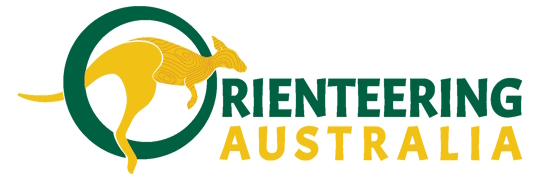Age Classes
Age and sex class groupings for orienteering events operate for badge events and state, national and international events. Ages are based on the age of the competitor as at 31December of the relevant year.
For the junior groups aged from 10 to 20 the classes are every two years apart. W-10 or M-10 means that children up to and including 10 years of age can compete in this class. W-12 or M-12 is for children up to and including 12 years of age.
In the adult age classes the Women's and Men's 21 class covers competitors from 21 to 34 year of age. Beyond 35, the classes are grouped at five year age intervals, generally up to 75 (or older if there are enough competitors in the 80+ age group)
Withing many age groupings, there may also be different classes offerent to take into account varying levels of technical ability. For example, a M-14A class would be for boys up to and including 14 years old who are capable of a Moderate standard course, whicle a M-14B course would be for the same age group but for those still of an Easy course standard. Similarly, in most of the adult classes, there are B categories offered for those who whish to compete at a Moderate standard. Classes such as W35-44B are meant for female competitors from 35-44 years of age and are of a Moderate standard.
In some state and national competitions, an AS (A short) class may be offered in particular age groupings. These classes offer a Hard standard of course by offer a shorter distance than what would normally be expected for that age grouping. These classes are proving very popular for those competitors who still want a technical challenge but who are physically limited in how far or how fast they want to go.
For more information please check with your club technical officer for advice on the appropriate class you should enter for these types of events.




